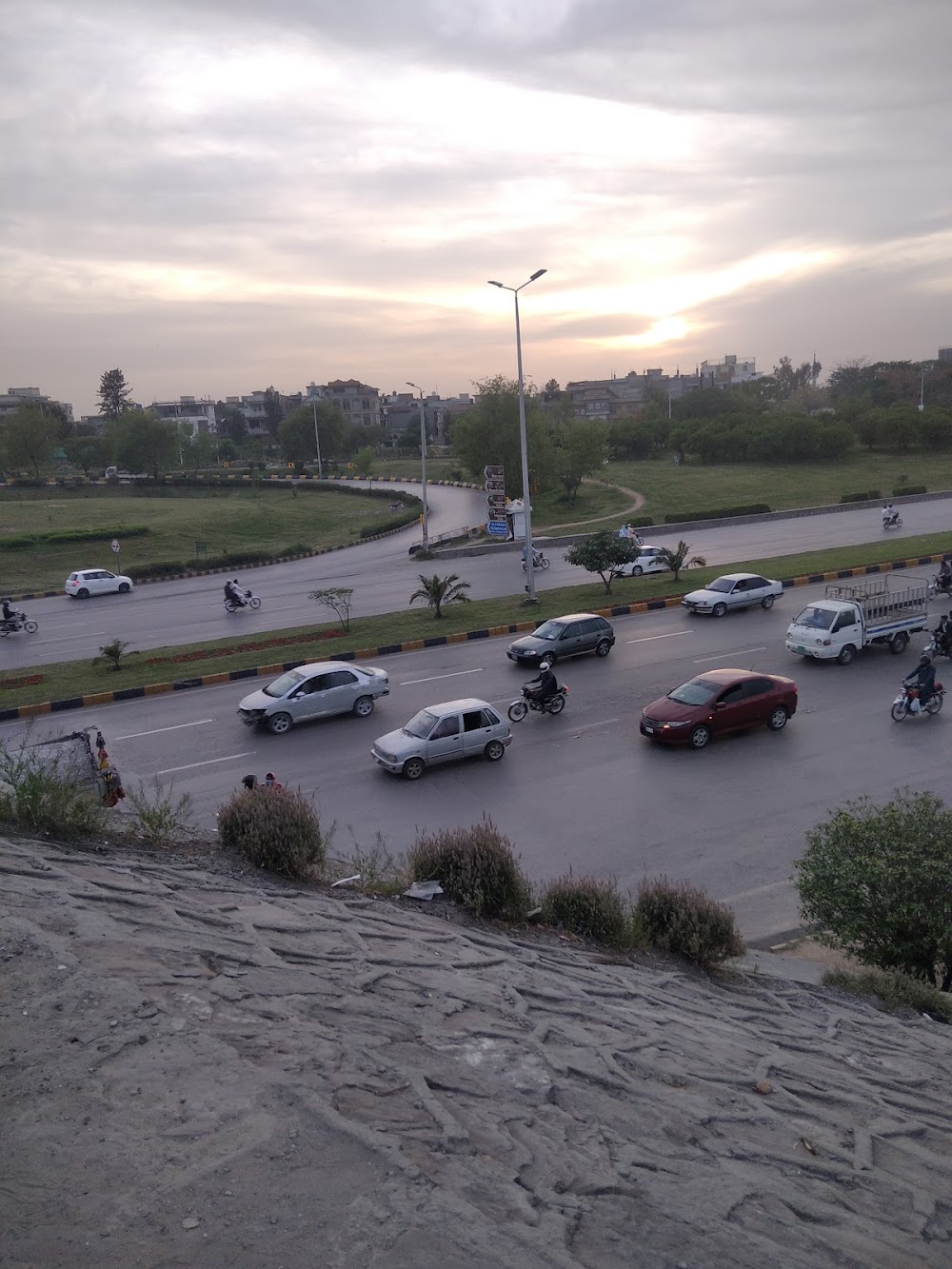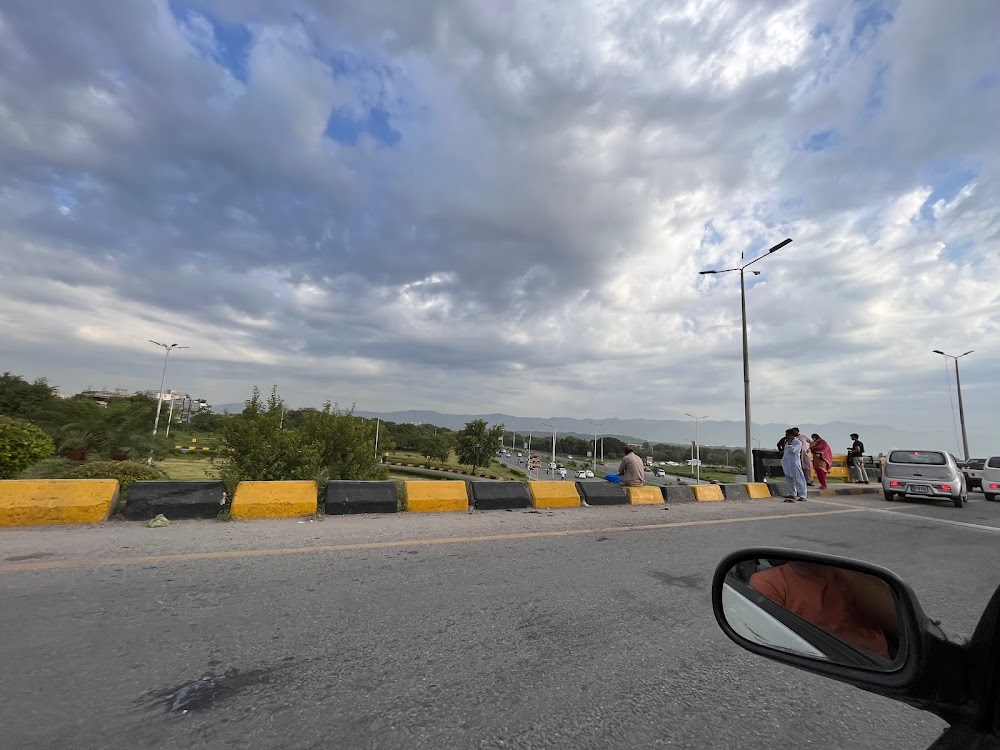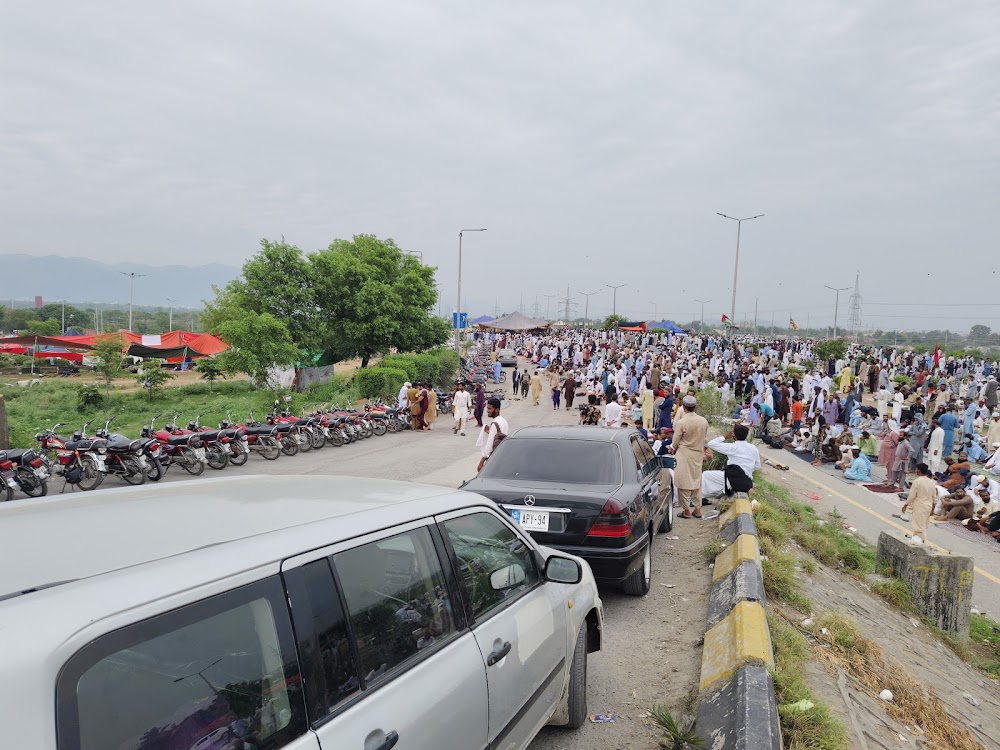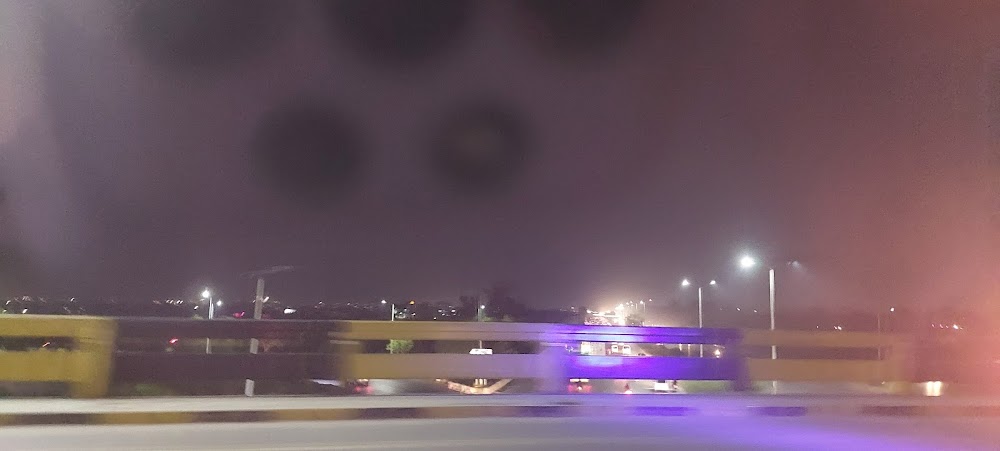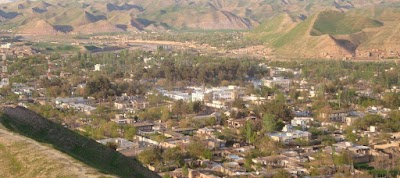Fayzabad Bridge (پل فیض آباد)
Overview
The **Faizabad Interchange**, also known as the **Fayzabad Bridge**, is a pivotal infrastructural project situated in the city of **Jowzjan, Afghanistan**. This interchange represents a significant advancement in traffic management and connectivity within the region, addressing long-standing transportation challenges.
Planning for the Faizabad Interchange commenced in the early 2000s as part of Afghanistan's broader initiative to modernize its transportation network. Jowzjan faced considerable traffic congestion, especially at major intersections, and the absence of a contemporary interchange system was a pressing concern. To tackle this problem, urban planners and local government officials decided to build the interchange, aiming to alleviate traffic woes and stimulate regional growth.
Construction officially kicked off in **2005**, following comprehensive feasibility studies and resource mobilization. The project's vision was to create a multi-level road system capable of accommodating increasing traffic volumes, optimizing vehicle movement, and reducing commute times for residents.
The design of the Faizabad Interchange posed unique challenges due to Jowzjan's rugged terrain and varied weather conditions. Engineers had to integrate earthquake-resistant features, given the region's susceptibility to seismic activity. To ensure the structure's resilience and durability, high-quality materials, such as concrete and steel, were sourced extensively for construction, providing the necessary strength and stability.
One of the standout features of the interchange is its series of **elevated flyovers**, which facilitate continuous traffic flow without the need for stoplights or intersections. These flyovers are interconnected through ramps and loops, allowing seamless vehicular movement in multiple directions. This innovative design significantly reduces the time vehicles spend idling at intersections, leading to decreased fuel consumption and lower emissions, which helps alleviate urban pollution.
Additionally, the Faizabad Interchange is designed with pedestrians in mind. It includes several walkways and pedestrian bridges, prioritizing the safety of citizens crossing busy roads. Equipped with proper lighting and railings, these pathways ensure safety even during nighttime, promoting a more walkable urban environment.
Throughout the construction phase, the local government collaborated closely with international donors and development agencies to secure essential funding and technical expertise. Partnerships with foreign engineers and architects introduced innovative techniques and modern construction practices, proving crucial for the project's successful completion.
Despite facing several challenges, including logistical issues, security concerns, and fluctuating funding, the project was completed within the designated timeframe thanks to the relentless efforts and support from all stakeholders involved.
Upon its completion in **2010**, the Faizabad Interchange quickly emerged as a landmark in Jowzjan. The inauguration ceremony was a grand affair, attended by local and national leaders, foreign dignitaries, and community members. The successful realization of this project not only provided immediate traffic relief but also laid the foundation for future infrastructural developments.
Today, the Faizabad Interchange stands as a testament to what can be achieved through **strategic planning**, **international cooperation**, and **community engagement**. It has significantly enhanced the quality of life for Jowzjan's residents by providing a more efficient transportation system, promoting economic growth, and improving overall urban mobility.


